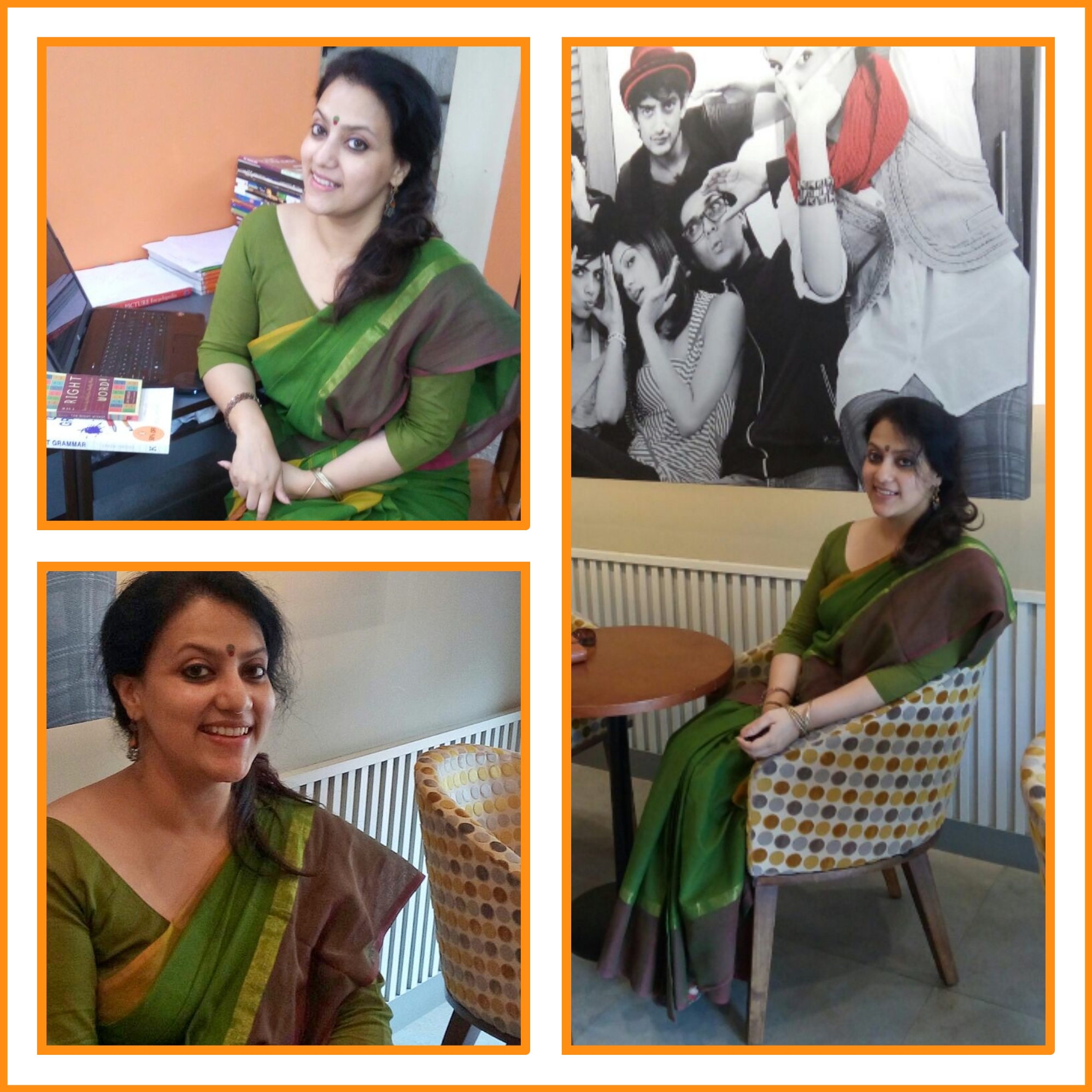Edited elegance
27/100. “In art, economy is always beauty.” ~ Henry James, one of my favourite authors, on editing.
Editing, I feel, is one of the most elegant of vocations… And yes, it is a vocation. Not everyone would want to work with other people’s words. Work – even in your thoughts – to bring clarity, focus and simplicity to another person’s writing. All the while, having to stand your ground in front of writers who are aggressive and defensive, insecure and egoistic – all at the same time.
Maybe that is why I am drawn to pared-down simplicity when it comes sarees as well. Yes, I love those gorgeous beauties preening with their zari butis and peacock colours. Just the way I love Oscar Wilde’s flamboyance. But the subtle, earthy pull of a simple cotton handloom, with maybe just a whisper of zari at most is what I find impossible to resist.
Take this classic Coimbatore cotton, my mother bought for me in 2012 from Bangalore. She bought it because Coimbatore cottons are made with a finer quality of cotton than other cottons from the South and are lighter and cooler – perfect for a Kolkata sunder. A few threads of silk woven into the cotton, the faintest hints of a zari strip along with a few zari stripes, the tangy mustard as well as the purplish border are all that the saree has. It has no flourishes to show off. And yet, she catches the eye. And makes it linger. Till you notice the few silk threads running through the warp that give it its sheen. And the maroon thread that is shot through all the other colours – both unique trademarks of a Coimbatore cotton. Whether I am editing a copy or going out for a much deserved coffee break, this saree reminds me of the beauty of subtlety, of nuances. The elegance of a beautifully edited piece of writing, if you will.

